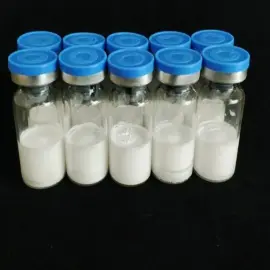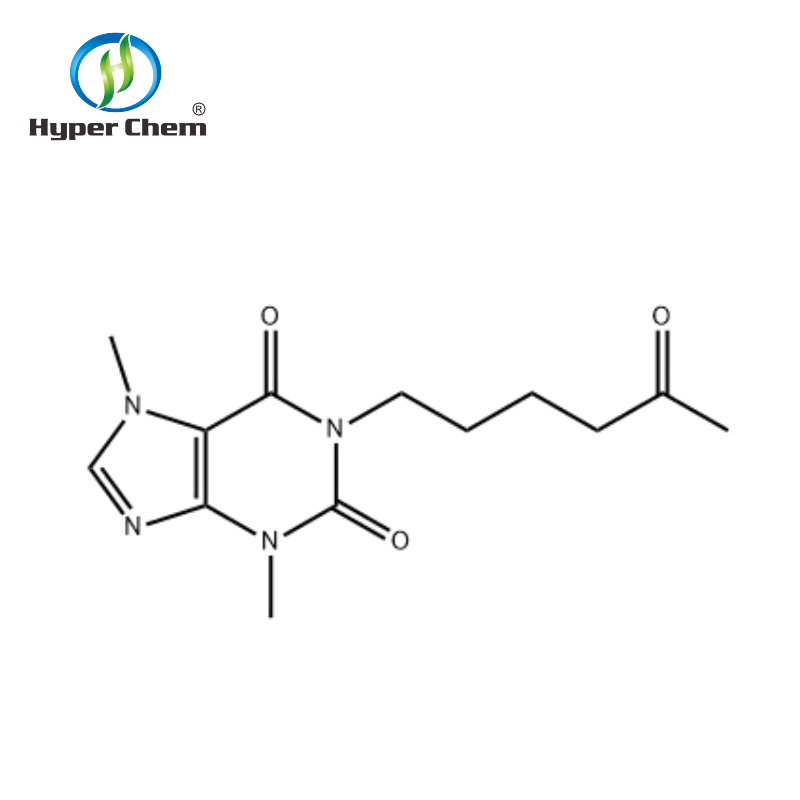-
Categories
-
Pharmaceutical Intermediates
-
Active Pharmaceutical Ingredients
-
Food Additives
- Industrial Coatings
- Agrochemicals
- Dyes and Pigments
- Surfactant
- Flavors and Fragrances
- Chemical Reagents
- Catalyst and Auxiliary
- Natural Products
- Inorganic Chemistry
-
Organic Chemistry
-
Biochemical Engineering
- Analytical Chemistry
-
Cosmetic Ingredient
- Water Treatment Chemical
-
Pharmaceutical Intermediates
Promotion
ECHEMI Mall
Wholesale
Weekly Price
Exhibition
News
-
Trade Service
The production process of 1-Piperazineethanol, 4-(2-methoxyphenyl)-α-[(1-naphthalenyloxy)methyl]-, hydrochloride (1:2) involves several steps that require careful attention to detail and an understanding of the underlying chemical reactions.
The product is a pharmaceutical compound used in the treatment of parasitic infections, and its production involves a mixture of organic and inorganic chemistry.
Step 1: Preparation of the Naphthol
The first step in the production of 1-Piperazineethanol, 4-(2-methoxyphenyl)-α-[(1-naphthalenyloxy)methyl]-, hydrochloride (1:2) involves the preparation of 1-naphthol.
This is achieved by the reduction of 2-hydroxy-1-naphthaldehyde, which is a precursor to 1-naphthol.
The reduction is carried out using reducing agents such as lithium aluminum hydride (LiAlH4) in the presence of an organic solvent such as dimethylformamide (DMF).
Step 2: Condensation of Naphthol with Piperazine Ethanol
The next step in the production of 1-Piperazineethanol, 4-(2-methoxyphenyl)-α-[(1-naphthalenyloxy)methyl]-, hydrochloride (1:2) involves the condensation of 1-naphthol with piperazine ethanol.
This is carried out using a condensation agent such as acetic anhydride in the presence of an aprotic solvent such as dichloromethane.
The reaction is carried out at a moderate temperature, and the product is isolated by filtration and washed with water.
Step 3: Methoxylation of the Condensation Product
The next step in the production of 1-Piperazineethanol, 4-(2-methoxyphenyl)-α-[(1-naphthalenyloxy)methyl]-, hydrochloride (1:2) involves the methoxylation of the condensation product.
This is achieved using a methoxylation agent such as methyl iodide in the presence of a polar solvent such as dimethylformamide (DMF).
The reaction is carried out at a moderate temperature, and the product is isolated by filtration and washed with water.
Step 4: Chlorination of the Methoxylated Product
The next step in the production of 1-Piperazineethanol, 4-(2-methoxyphenyl)-α-[(1-naphthalenyloxy)methyl]-, hydrochloride (1:2) involves the chlorination of the methoxylated product.
This is achieved using a chlorinating agent such as thionyl chloride in the presence of an inert solvent such as benzene.
The reaction is carried out at a moderate temperature, and the product is isolated by filtration and washed with water.
Step 5: Hydrochloride Salt Formation
The final step in the production of 1-Piperazineethanol, 4-(2-methoxyphenyl)-α-[(1-naphthalenyloxy)methyl]-, hydrochloride (1:2) involves the formation of the hydrochloride salt.
This is achieved by treatment of the chlorinated product with hydrochloric acid in an organic solvent such as ethyl acetate.
The product is isolated by filtration and washed with water.
Quality Control
The production process of 1-Piperazineethanol, 4-(2-meth







